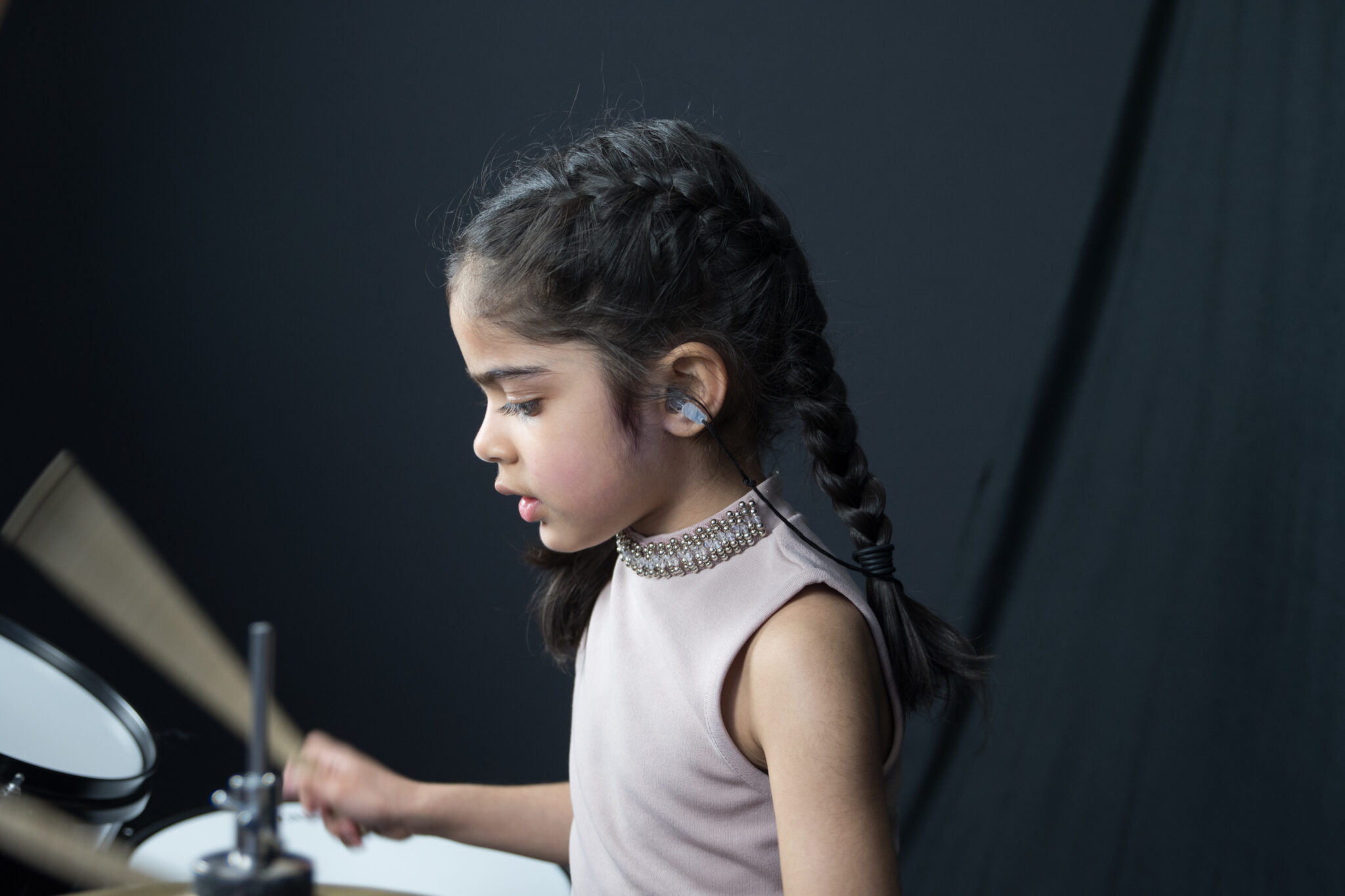Covid-19 has changed our lives so much, yet students, parents, and families still want a strong music education that will deliver.
So how do we do this?
Having resourceful teachers that are willing to learn and try different approaches is the first step.
Teaching tools like making videos, taking photos of music, texting as another form of communication and using online apps and websites all add to the arsenal of tools available to both the student and teachers.
During the lessons, students and teachers should focus on the good stuff – making music and setting goals that are achievable by coming up with a music plan together. To my surprise, many of my students have told me what their music plans are. They are so excited to continue music lessons with the goal of being a better musician.
Oddly enough, I find Covid has cost us some of our freedoms but in many ways, it has inspired many, including my students to become better, more organized, and focused.
Students at Imagine Music do not want to lose their love of music!
Music education in the time of a pandemic is quite the musical endeavor. New clients who have contacted me are looking for something concrete for the long haul. The benefits of being able to play your musical instrument while isolating relieves stress and is so good for the brain.
Best of all, you can have a great socially distanced in-person lesson. Our music teachers also coach lessons online, providing another form of human interaction during a time when so many are feeling alone.
Imagine Music Inc has been delivering a strong music education for over 25 years. We do this by meeting the needs of each of our clients and staying flexible to what lies ahead.

